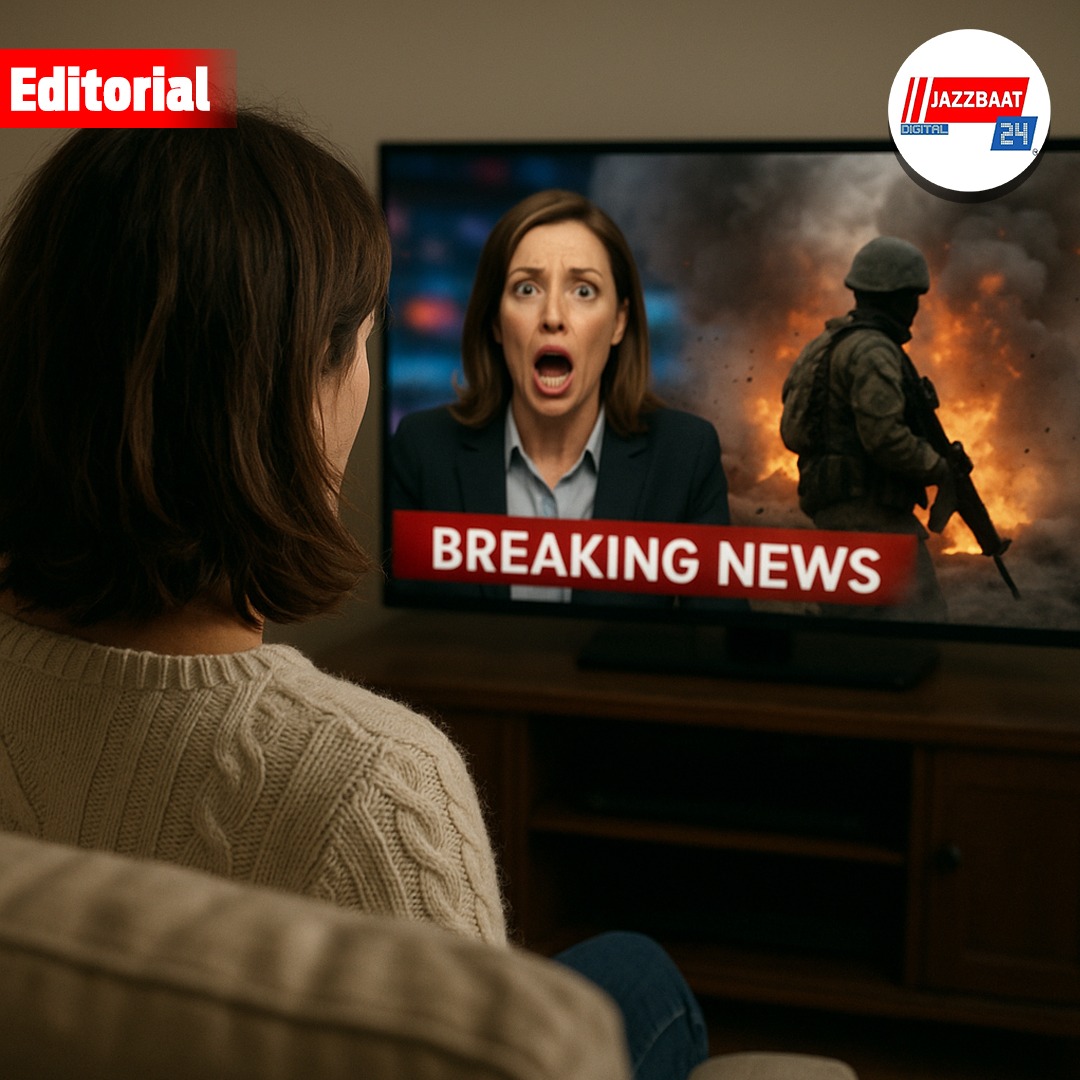
As the new era of war is changing, so is the reporting of the media. After the recent ‘Operation Sindoor’, a shocking information came to light—Pakistani militant Abdul Rauf Azhar, the main accused in the kidnapping and murder of American journalist Daniel Pearl in 2002, was killed in this operation. According to Doordarshan, the American Jewish community has thanked India for this incident.
Pearl went to Pakistan as the South Asia bureau chief of the Wall Street Journal at that time, to investigate the relationship between British extremist Sheikh Mubarak Ali Gilani and ‘Shoe Bomber’ Richard Reid. At that time, journalism meant going to the field to investigate, even at the risk of losing one’s life.
But the media coverage of today’s conflict is completely different. Instead of the field, India’s military operation uses the airspace. The journalists’ live reporting meant only showing the scene of the drone explosion in the night sky. But the information war surrounding this incident started on digital platforms. Fake news, old videos, and even AI-generated content spread. In this context, the Indian fact-checking company Alt News had to stop a lot of fake news. According to them, while initially more false propaganda came from Pakistan, later the amount of it increased from India.
War is now a means of TRP and online traffic. The nationalist zeal of Indian TV channels centered on Pakistan is nothing new. For example, the reaction of TV channels during the Uri attack in 2016 was also equally exciting. But now the difference is the algorithm of digital platforms, which further intensifies the emotions of this conflict. Social media has given citizens a platform where they can spread information without verifying it. On the other hand, big tech companies have withdrawn their fact-checking systems.
There have also been major changes in the medium of television. For example, journalist Ashutosh said that after 2014, the ownership of Indian TV channels, although private, passed to the government for control. Communal incitement in peacetime or baseless claims in wartime—the government takes no action against these, despite strict content monitoring laws. The PIB occasionally tries to correct false news, but it gives a pass to channels that promote the government. On the other hand, strict action is taken against anti-government media—for example, the website of ‘The Wire’ was completely blocked, just because of a single report.
The most talked about issue of ‘Operation Sindoor’ was the possibility of a Rafale fighter jet being shot down. The foreign secretary did not deny it outright, but did not confirm it. The French company Dassault has reported the downing of at least one Rafale, but the Indian government has not commented publicly on it.
In addition, the government ordered the social media platform X (formerly Twitter) to block more than 8,000 accounts, including those of international media outlets and prominent users. X said it was compelled to comply due to legal obligations, otherwise its employees in India would have faced jail time and fines.
The PIB also announced a ban on Pakistani media and OTT platforms. But amid this tension, an important aspect is hidden - the real situation in Kashmir. Although reports about the reality of living on the Line of Control (LoC) have been reported in foreign media, it has not been given much importance in the Indian media. According to the BBC, living on the LoC means ‘living between a shaky peace and open conflict’.
ETV India’s Kashmir correspondent said that many villagers have been left homeless in the shelling, and 60 out of 90 panchayats in Poonch district have been damaged. The Union Territory’s legislators have been tasked with assessing the affected areas with a view to claiming compensation from the central government.
According to Anuradha Bhasin, editor of Kashmir Times, Indian politics and media claim Kashmir, but not the feelings of Kashmiris. The impact of the war on the people of Kashmir is not discussed as much as the bombing in Gaza.
War these days is not just about gunfire—it's about control over information, the management of public sentiment, and state dominance of the media arena. Journalism is moving far from the ground in the realities of conflict.